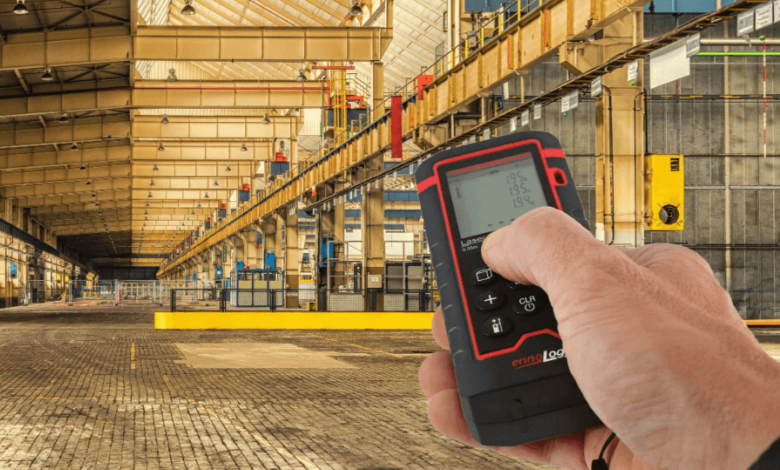Area Calculator: A Smart Tool for Accurate Measurements

In today’s digital world, tools that simplify complex tasks are becoming essential in daily life. One such tool is the area calculator, a powerful resource that helps users determine the surface area of different shapes accurately and instantly. Whether you’re a student, a construction worker, a landscaper, or a homeowner planning renovations, this tool is incredibly valuable.
What Is an Area Calculator?
An area calculator is a digital tool designed to compute the area of various geometric shapes. It can calculate areas for squares, rectangles, circles, triangles, trapezoids, polygons, and even irregular shapes, depending on the data entered by the user. The input usually involves basic measurements such as length, width, height, or radius.
This tool can be accessed online, through mobile applications, or integrated into scientific calculator software. Some advanced versions even allow users to input images or sketches to measure the area of physical objects or land.
Why Area Calculation Matters
Area is a fundamental concept in geometry and real-life applications. Knowing the size of a surface is crucial in many fields. For example:
- Architects need it to draft blueprints.
- Engineers use it to design safe structures.
- Farmers need area to plan crop space.
- Interior designers measure flooring and furniture spacing.
- Students use area in geometry problems and academic projects.
A miscalculation in area can lead to waste, budget overruns, or design flaws. An area calculator eliminates that risk by offering fast and accurate solutions.
See also: Fashion Jewelry: Style, Statement, and Self-Expression
Easy to Use for Everyone
One of the most appreciated features of an area calculator is its user-friendly nature. Most tools are designed with simplicity in mind, meaning anyone—from a schoolchild to a contractor—can operate it without specialized training.
Typically, a user selects the shape, enters the known measurements, and clicks a button. The result appears instantly, with some tools also offering step-by-step explanations, unit conversions, and visual diagrams.
Accurate Measurements in Seconds
Traditional area calculation methods involve formulas and manual computation. While that works in academic settings, real-world applications demand speed and precision. A small error in manual math could lead to large discrepancies in materials, costs, or planning.
The area calculator performs instant mathematical processing with a very low chance of error. For example:
- Rectangle area = length × width
- Circle area = π × radius²
- Triangle area = ½ × base × height
The calculator automates these equations, eliminating the need to remember or apply formulas.
Useful in Construction and Renovation
In the construction industry, calculating the area is part of everyday work. Workers need to know the size of floors, walls, and ceilings to estimate material requirements like tiles, paint, cement, and more. Using an area calculator makes this task simple and quick.
For example, if you are tiling a floor that is 12 feet by 10 feet, the calculator will immediately tell you the area is 120 square feet. You can then use this figure to determine how many tiles or how much adhesive you need, minimizing waste and costs.
Helping Students Learn Better
Geometry and mathematics often intimidate students, especially when it involves formulas and problem-solving. Area calculators offer a supportive learning tool. When used alongside manual methods, students can cross-check their answers and understand where they went wrong.
Ideal for Real Estate and Land Surveying
For real estate agents and surveyors, determining land area is crucial for pricing, documentation, and planning. An area calculator—especially one that supports irregular shapes or map-based input—can offer reliable measurements without the need for costly surveying equipment.
Some online area calculators even integrate with satellite imagery or GPS data, allowing users to trace plots on digital maps. The area is calculated automatically, saving time and increasing efficiency.
Advanced Features in Digital Tools
While basic area calculators handle standard shapes, more advanced versions come equipped with additional capabilities:
- Unit conversion: Convert between square meters, square feet, acres, hectares, etc.
- Volume and perimeter calculation: Some calculators also offer volume or perimeter values when given extra dimensions.
- Shape drawing tools: Let users sketch a shape and get the area computed from it.
- Integration with design software: Architects and designers can plug area data into software like AutoCAD, SketchUp, or Revit.
These advanced features make the calculator more than just a basic tool—it becomes a multifunctional digital assistant.
Online vs Offline Tools
Area calculators come in various forms. Some are web-based, while others can be downloaded as smartphone apps or desktop software.
- Online tools are ideal for quick use without installing anything.
- Offline apps are useful in remote locations without internet access.
- Integrated calculators in engineering software enhance workflow.
Choosing the right platform depends on your profession and usage frequency. For example, a civil engineer working on field projects might prefer a mobile app, while a student may use an online version during homework.
Environmental and Economic Benefits
Using an area calculator helps reduce waste, which in turn benefits the environment. In fields like construction, agriculture, or landscaping, overestimating or underestimating area can lead to unused materials, excess packaging, or extra transportation—all of which contribute to environmental harm.
With accurate measurements from a digital tool, resources are used more efficiently. Economically, this means savings in material costs, time, and labor.
Final Thoughts
The area calculator is a simple yet powerful tool that brings clarity, speed, and accuracy to everyday measurements. Whether you’re learning geometry, building a house, managing land, or designing interiors, this digital assistant helps you save time and improve precision.
Its applications span education, engineering, design, farming, and more, making it an essential tool in both academic and professional environments. In a world that increasingly values efficiency and data accuracy, the area calculator stands out as a modern solution to an age-old need—measuring space.







